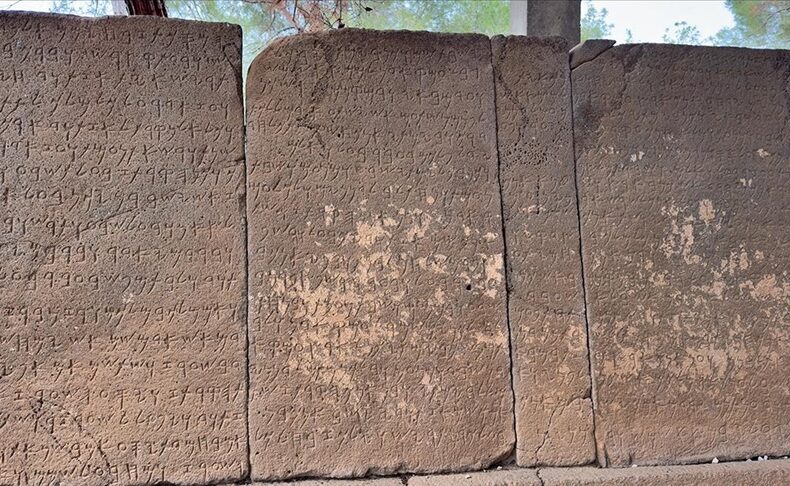
The Karatepe Inscriptions in the UNESCO Memory of the World Register May Help Decipher Ancient Civilizations
The Karatepe Inscriptions, located in the Kadirli district of Osmaniye, Türkiye, and listed in the UNESCO Memory of the World Register, continue to shed light on ancient civilizations through ongoing archaeological research. Associate Professor Dr. Faris Demir of Osmaniye Korkut Ata University emphasizes the global importance of these bilingual inscriptions.
Found in the open-air museum of Karatepe-Aslantaş, the inscriptions are not only significant to Anatolian history but also have global relevance due to their pictographic roots. These writings, not tied to any specific language, are considered universal and may provide crucial clues to deciphering other undecoded scripts.
A Milestone Discovery in Archaeology
Discovered in 1946 by German archaeologist Helmuth Theodor Bossert and Turkish scholar Halet Çambel, the inscriptions feature a rare combination of Phoenician alphabet and Luwian hieroglyphs, making them a key tool for deciphering Anatolian scripts. Often referred to as the “Rosetta Stone of Anatolia“, they have played a vital role in understanding the ancient Luwian language.
📣 Our WhatsApp channel is now LIVE! Stay up-to-date with the latest news and updates, just click here to follow us on WhatsApp and never miss a thing!!
The Legacy of Azatiwada
Dating back to the 8th century BCE, the inscriptions were engraved on the gates of the Azatiwataya Fortress, commissioned by the local ruler Azatiwada. They describe his governance, devotion to the gods, and efforts to strengthen his kingdom, providing valuable insight into the socio-political dynamics of the era.
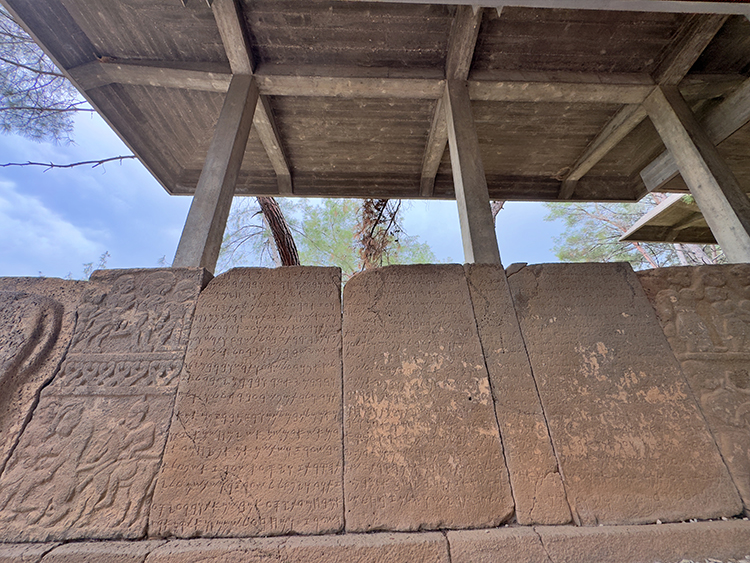
Universal Relevance and Script Connections
Dr. Faris Demir highlights structural similarities between the Karatepe inscriptions and the Indus Valley script, as well as South American Incan symbols. The shared use of ideograms and phonetic elements suggests possible historical links and opens the door for Karatepe to serve as a model in decoding the still-mysterious Indus script.
A UNESCO Cultural Treasure
The Karatepe Inscriptions were officially registered as Türkiye’s 70th entry in the UNESCO Memory of the World Register, affirming their cultural, historical, and academic importance. This designation underscores their value as a heritage to be preserved for future generations.
A Key to Lost Languages
Far more than a local artifact, the Karatepe Inscriptions represent a vital key in humanity’s quest to understand its ancient past. As research continues, these texts may help decode civilizations that have long remained silent.
Cover Image Credit: Muzaffer Çağlıyaner/AA
You may also like
- A 1700-year-old statue of Pan unearthed during the excavations at Polyeuktos in İstanbul
- The granary was found in the ancient city of Sebaste, founded by the first Roman emperor Augustus
- Donalar Kale Kapı Rock Tomb or Donalar Rock Tomb
- Theater emerges as works continue in ancient city of Perinthos
- Urartian King Argishti’s bronze shield revealed the name of an unknown country
- The religious center of Lycia, the ancient city of Letoon
- Who were the Luwians?
- A new study brings a fresh perspective on the Anatolian origin of the Indo-European languages
- Perhaps the oldest thermal treatment center in the world, which has been in continuous use for 2000 years -Basilica Therma Roman Bath or King’s Daughter-
- The largest synagogue of the ancient world, located in the ancient city of Sardis, is being restored

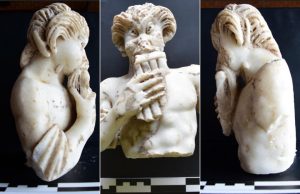
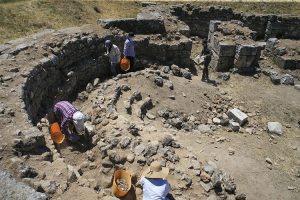
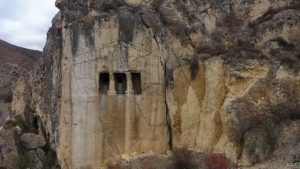
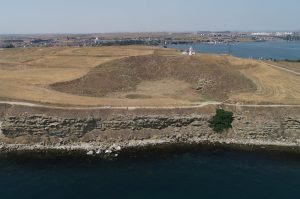
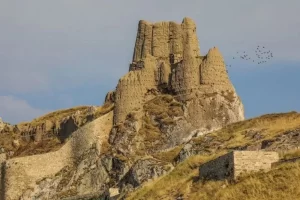
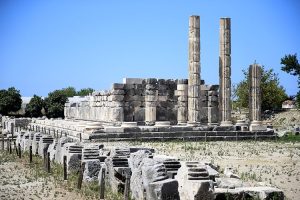


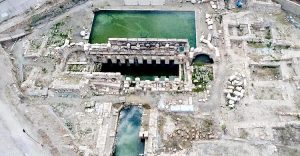
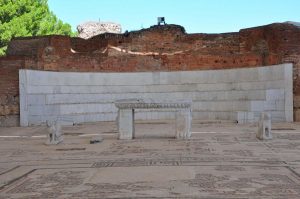
Leave a Reply